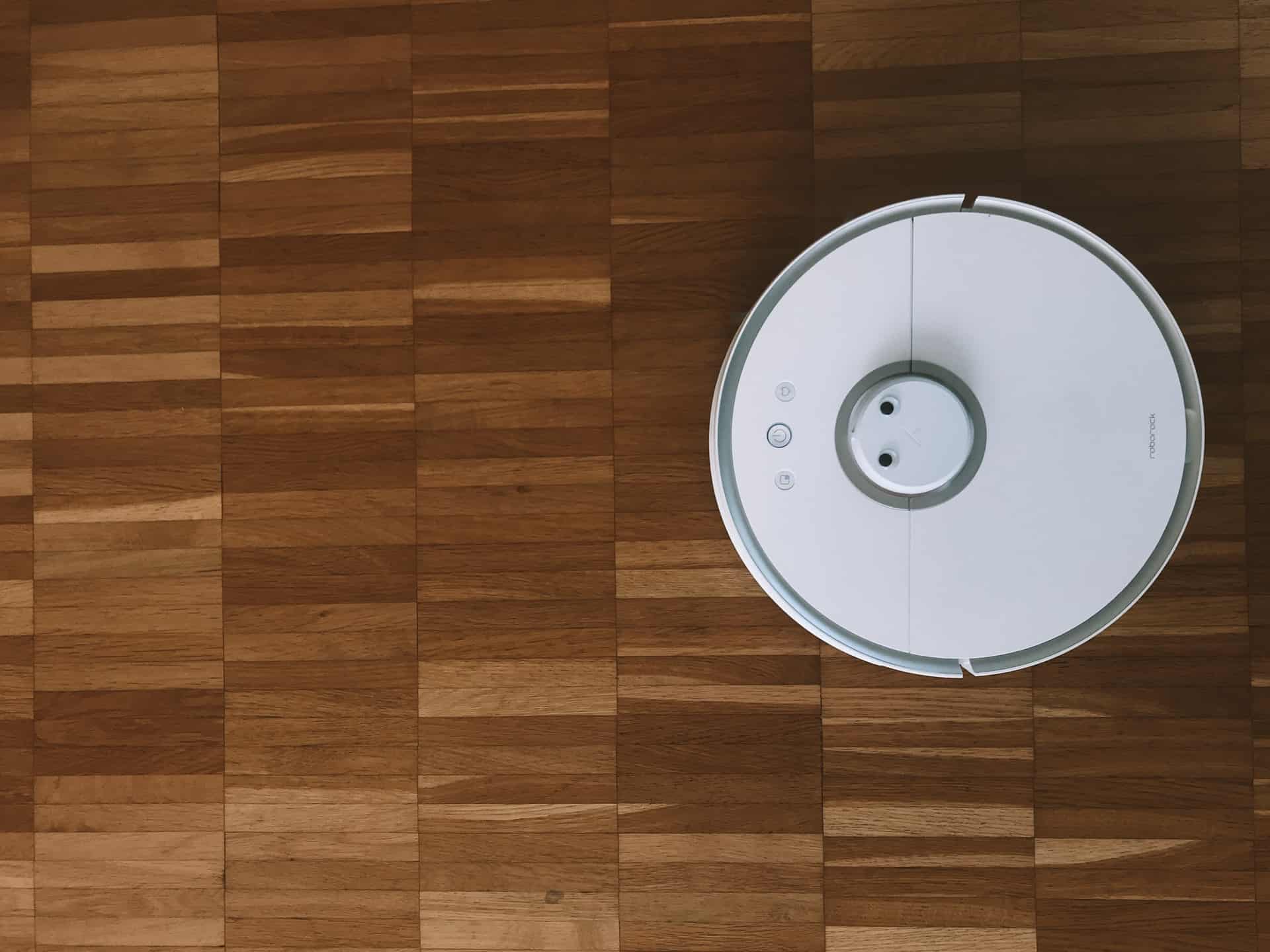



There’s a kind of electric vehicle revolution happening right now. We’re more aware of the impact our habits have on the environment — but there’s one form of transportation that hasn’t adopted electric alternatives just yet. Despite major growth in other sectors, electric aircraft still haven’t entered the mainstream. Now, however, we’re beginning to see signs that this may change.
Here are the models making their way to market, and the current predictions on when these aircraft will become mainstream fixtures of air transportation.
Despite lagging behind other electric transportation industries, the electric aircraft market is starting to grow at a much quicker pace. It’s expected to be worth $45 billion by 2025.Electric aircraft are themselves nothing new. In 2011, an electric plane called the e-Genius flew nonstop for more than 200 miles. It reached high speeds of greater than 142 miles per hour.
These stats aren’t particularly impressive for planes in general, but they represented a big advancement in electric plane technology. Unfortunately, we haven’t seen much in the way of commercial electric aircraft designed to fly multiple passengers from airport to airport. This is starting to change. A number of airplane manufacturers — including established businesses like
Airbus and startups like Wright Electric — have begun to develop electric airplanes for commercial use. These planes are built for shorter and more local flights. Think in the range of 100 to 600 miles. It’s a little farther than a flight from New York to Philadelphia.
Some regional airlines — like Canadian Harbour Air, which went carbon-neutral in 2007 — began testing short-distance electric flights. Harbour Air, hopes to go fully-electric in the near future. They announced the first-ever successful commercial electric flight late last year.
A partnership with electric aircraft company magniX, lasted just 15 minutes, but represented progress for commercial flights on electric aircraft. Harbour Air plans to begin offering flights on all-electric planes as soon as this year. While many of the electric planes in development may not be able to handle long-distance flights, they could replace conventional aircraft on short-distance flights. Some of the planes are capable of making regular commercial flights of distances less than 1,000 miles. Short flights like these account for more than 40 percent of all aviation emissions. By making the switch, companies could reduce their carbon footprint.
There are a number of challenges these aircraft face, however, that may delay their adoption by the air travel industry. For example, while an electric car can stop for a recharge along its journey, an aircraft needs to have enough power to reach its destination. The limitations of existing batteries, like their low storage capacity and high weight, have made this more challenging in the past.
Airplanes are carefully engineered to balance engine power and weight to keep planes in the air — the limitations of electric battery technology may make this balancing act much more difficult. Other challenges — like unfamiliarity with the needs of electric engines, compared to the usual maintenance schedule and requirements of conventional aircraft — may also slow the adoption of these new aircraft.
Many companies and consumers are looking forward to greener aircraft. Why? Air travel has a large environmental impact. Airplane emissions have grown by 4.3 percent every year since 1999, and now make up more than 25 percent of global emissions.
People fly more often, but still don’t have options that allow them to minimize their carbon emissions. Worse, alternatives to flying — like travel by car or train — aren’t always better for the environment and often take more time. As a result, demand for electric aircraft has grown steadily over the past few years.
While electric vehicles have seen significant growth over the past few years, electric air travel has lagged behind until recently. Multiple companies plan to manufacture these planes, and some regional airlines hope to start offering flights on electric planes as soon as this year.
While challenges remain that could slow adoption of electric aircraft demand for electric air travel isn’t likely to go anywhere, which will encourage the adoption of electric aircraft in the near future.


This site uses Akismet to reduce spam. Learn how your comment data is processed.